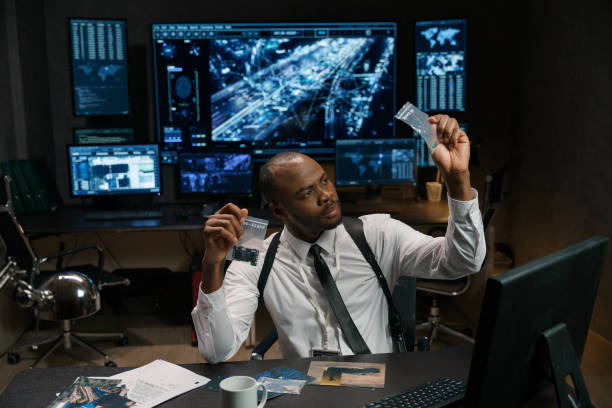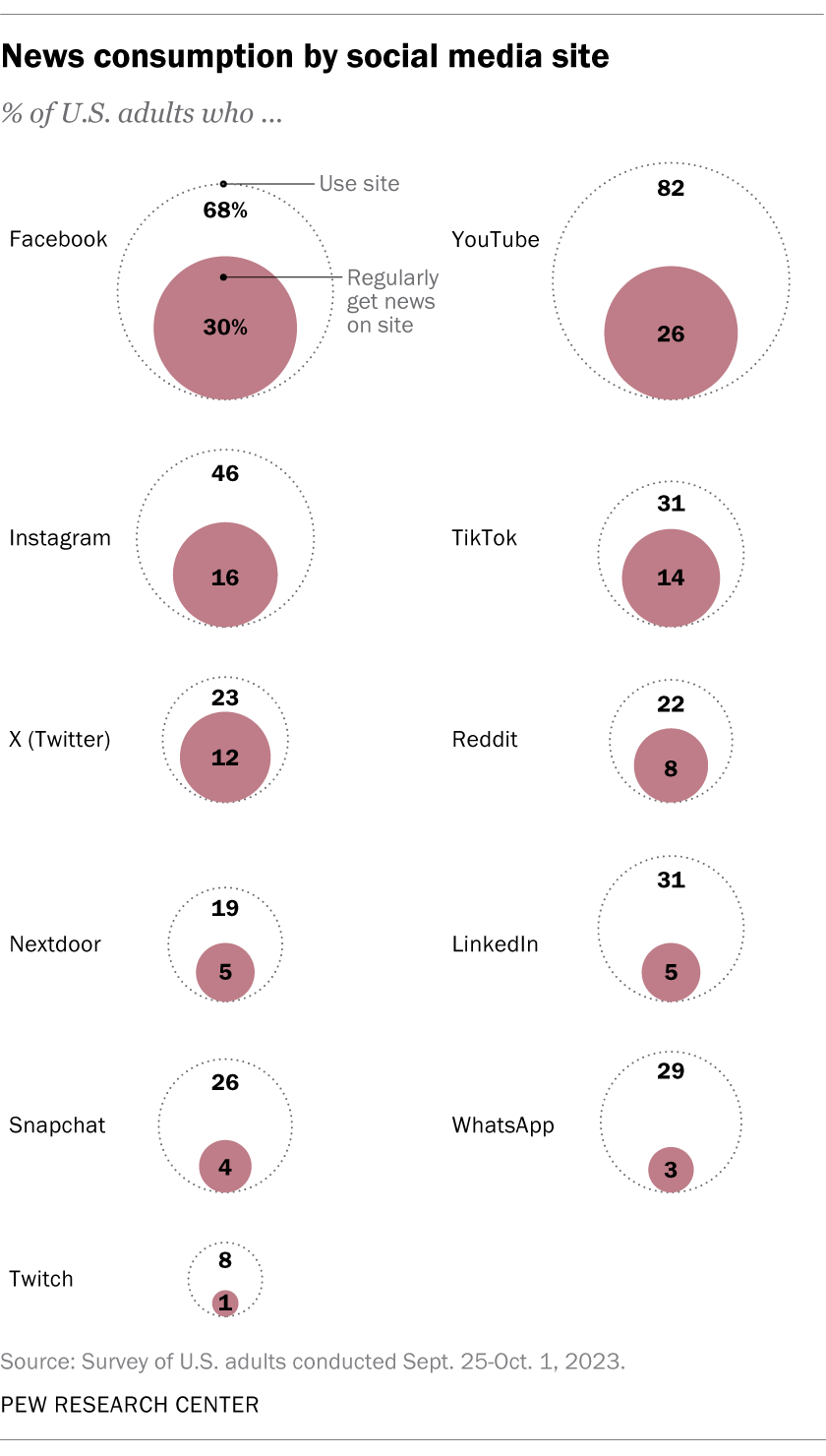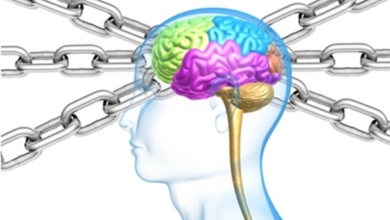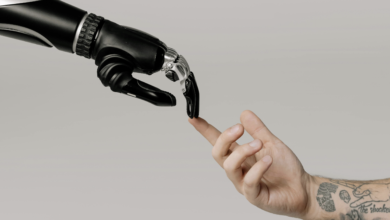
Today, technology saturates each and every part of people’s lives, providing unimaginable niceities and eradication of every kind of problem. The following field is an example of how technology is advanced and evolving; justice to hit-and-run victims, which is a phenomenon that takes every 43 seconds in the United States.
The consequences of a hit-and-run drive everyone implicated central nervous system, Amega’s broken body, and the pursuit of justice. But science and technology are coming up with new ways in which these victims can stand for their rights and fight for justice.
In this article, the authors analyse ways in which technology is enriching the practice of claim for a compensation by hit-and-run victims in terms of methods and strategies.
Immediate Response Tools
In the critical moments following a hit-and-run incident, immediate response tools can play a pivotal role in securing justice for victims. Several smartphone apps can be downloaded specifically for hit-and-run situations. They automatically notify emergency services and loved ones when an accident occurs, ensuring that help arrives promptly.
These apps capture real-time data like vehicle speed, location, and impact force, providing invaluable evidence for legal proceedings. With 70% of the world’s population now using smartphones as per Statista. These apps have become vital tools for hit-and-run victims and justice advocates. They provide dependable resources for gathering evidence and pursuing legal action.
Surveillance Cameras and Dashcams
Surveillance cameras and dashcams are crucial tools for achieving justice for hit-and-run victims. Public cameras at traffic lights, intersections, and parking lots offer continuous monitoring and can capture essential incident footage. This footage often includes details like the vehicle’s appearance and the direction in which the perpetrator fled.
Dashcams mounted on a vehicle’s dashboard capture events from the driver’s perspective, recording moments before, during, and after a collision. These recordings provide irrefutable evidence of the incident. Such evidence is crucial for law enforcement to identify suspects and secure justice.
In 2023, NBC reported that Hartford Fire Department Lt. Alcides Ortiz crashed his truck into a Honda and drove away. A city surveillance video showed Ortiz speeding and causing significant damage on Wethersfield Avenue. Witnesses rushed to help 23-year-old Issac Torres, who suffered non-life-threatening but serious injuries. Court documents stated that Ortiz is required to cover Torres’ confirmed out-of-pocket expenses.
This incident highlights the significant impact of technology on enhancing public safety and justice.
Are there privacy concerns related to the use of surveillance cameras?
Well, generally the idea of having surveillance cameras installed in almost every public area is an invasion of the public’s privacy. Others are concerned with close monitoring in areas of common use and misuse of information by security agents or hackers. Thus, there needs to be a proper protection of public security and enforcing citizens’ rights to privacy.
Social Media and Community Engagement
Social media platforms have emerged as powerful tools for community engagement and justice in hit-and-run cases. Victims and witnesses can quickly disseminate information about the incident, including descriptions of the suspect’s vehicle and any available footage. This collaborative effort can provide investigators with new perspectives and uncover crucial details that might have been missed otherwise.
Dedicated groups and pages on platforms like Facebook and X enable users to share updates, provide leads, and offer support to victims. Pew Research Center reported that half of US adults get news from social media at least occasionally. This wide reach can turn a local hit-and-run into a viral cause, generating leads and increasing public pressure for justice.

What are the ethical considerations when using social media to identify suspects?
Using social media to identify suspects in hit-and-run cases raises significant ethical concerns. A major issue is misidentification, which can result in unjust public shaming, harassment, or vigilante actions against innocents. There is also the risk of violating privacy rights by sharing unverified or sensitive information without consent.
Vehicle Identification Technology
Hence, vehicle identification technology is very crucial to ensure that hit-and-run victims can have their justice as they desire. Measures like the ALPR as well as other tracking systems like telematics can quickly name and chase vehicles that have been involved in an accident. ALPR cameras installed in police cars capture images of license plates and compare them to the database with references to suspect vehicles.
Telematics usually incorporated in today’s cars, gives information on location of the car, its speed, and routes used by the car in an event. Applying these technologies assist the police in identification of suspects, which boosts justice and offers solace to the victims.
What are the limitations of vehicle identification technology?
Despite its benefits, vehicle identification technology has limitations. ALPR systems can produce false positives due to poor lighting or damaged plates. Also, telematics data can be inaccessible without proper authorization, hindering investigations.
Data Analytics and Forensic Tools
Advanced technological tools such as data analytics and forensic are changing hit-and-run and other cases investigation and solving. Solutions can analyzes plethora of data from smart traffic signals, social networks, and usage-based analytics. This enhances the identification of relative trends and targets the criminals with more precision.
Some of the forensic aid products include the accident reconstruction software and even digital forensic in relation to the scene and properties of the crash. Those involved in hit and runs usually flee and the law enforcement is usually left with small particles of such things as paint chips or microfibres. Sophisticated forensic will therefore be able to work on this evidence and trace it back to production line of certain models of the vehicles or to the manufacturers of certain brands of vehicles.
Legal Assistance and Advocacy
Securing justice in hit-and-run cases often requires more than just technology. Victims also need robust legal assistance and advocacy. Legal professionals help victims navigate the complex legal landscape, understand their rights, gather evidence, and build compelling cases.
5 On Your Side reported in May 2024 that a pedestrian was fatally struck in a hit-and-run in south St. Louis. The incident occurred around 5 p.m. on the 4400 block of Chippewa Street. The victim, identified as 63-year-old Floyd Lucas, was hit by a 2018 Nissan Altima that fled the scene. The police department’s Accident Reconstruction Unit is investigating.
In St. Louis, Missouri, where hit-and-run accidents are common, a qualified personal injury attorney can be your strongest advocate. A St. Louis car accident attorney can offer specialized knowledge and local expertise, guiding victims through the legal process specific to Missouri. They can represent victims in court, ensuring their voices are heard, and justice is served.
TorHoerman Law emphasizes finding an attorney with experience in car accident lawsuits. They should have ample resources to fully litigate your case. Additionally, they must possess the time and determination to represent you effectively.
Future Technological Innovations
Humanitarian actions expect better and efficient technologies in the future that will create a better avenue for dealing with the hit-and-run cases. Novel technologies for the future include application of big data technology with artificial intelligence for predictive analytics and new age surveillance tools. Algorithms are being worked to process big data, anticipations for hit-and-run areas and help in preventive law enforcement measures.
Moreover, the value of camera improvements, as well as improvements in the information exchanged, will enhance the quality and availability of convincing evidence.
A New Era of Justice for Hit-and-Run Victims
Technology is gradually proving to be a friend in the fight against hit-and-run offenders who are hard to prosecute. Survivor’s tools include the SOS applications and social networks that are changing ways of collecting evidence, communities’ involvement, and legal action.
Through these resources, the victim and law enforcement can attain better results improving the legal process’s equity and responsiveness. This technological support provides a more solid Wade to justice.
Balla




